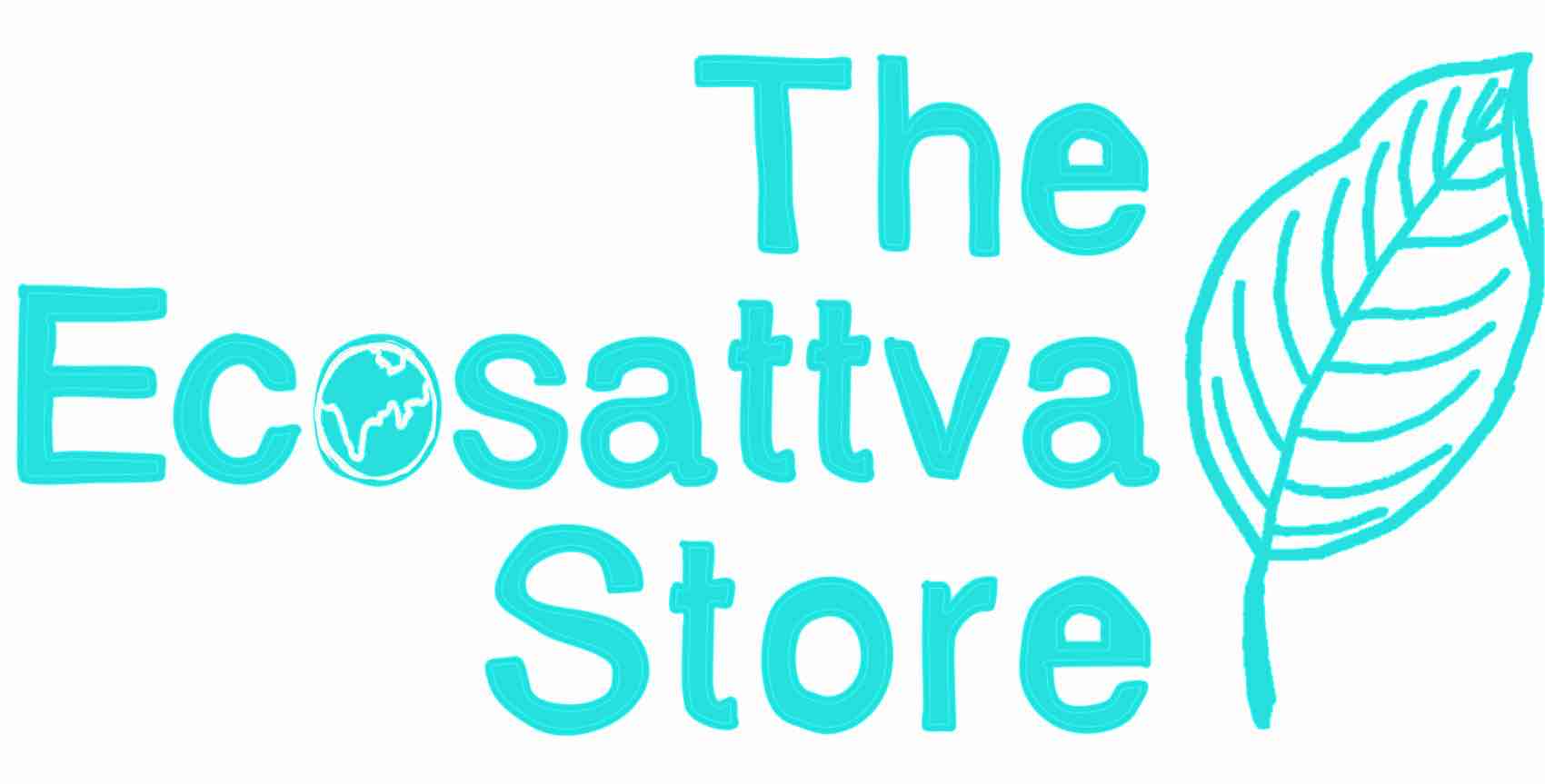For those with an impatient bent of mind, water can be an odd subject to discuss when considering environmental impact. After all, we keep saying the water levels are rising, but we never seem to have enough of it. What’s the deal with that, you may be asking as you take a long luxurious shower.
[caption id="attachment_10696" align="alignnone" width="1130"]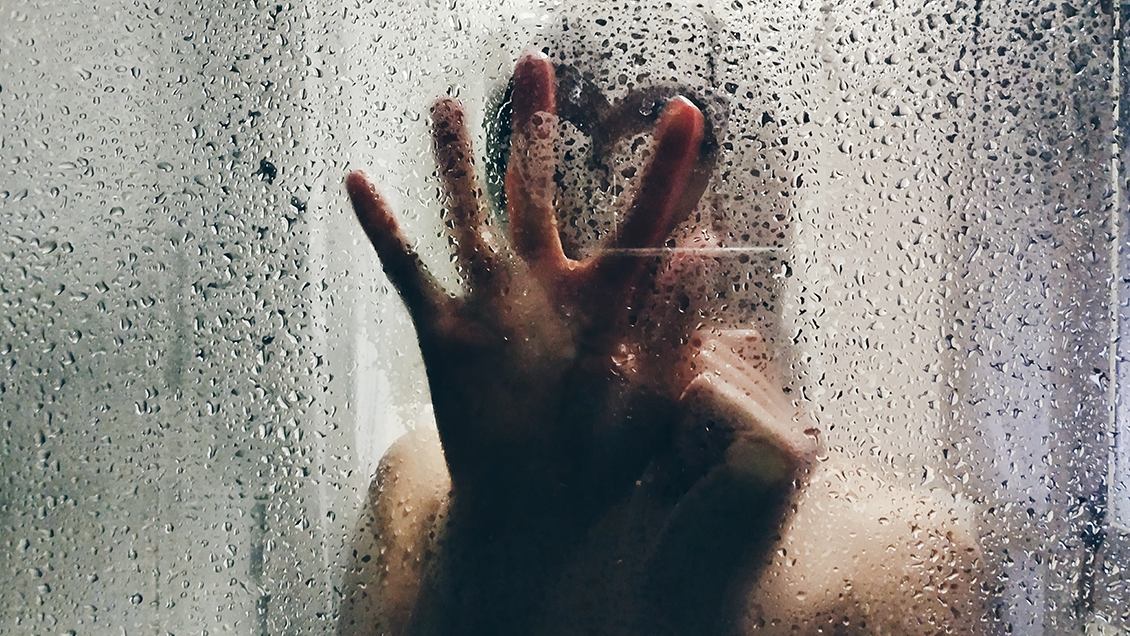 We'll wait for you to get out...[/caption]
We'll wait for you to get out...[/caption]
But the fact of the matter is, water conservation is one of the most important aspects of an eco-friendly life. In fact, it won’t be an exaggeration to say that without water conservation, almost every other pillar of the environment will start to crumble down all around as we relax in our Jacuzzis.
So while it may seem dreary, if you’re looking to make eco-friendly decisions, water should ideally be your first step. So let’s get to stepping, shall we?
The Skinny on the Water Situation
As much as we don’t want to replace your EVS teacher from school, here is our basic explanation on the situation with water. While it’s called the Blue Planet for a reason, 97% of the water on earth is salt water – not consumable. When we talk about rising sea levels, it’s this unconsumable water we’re talking about.
Only about 1% of the water on earth is drinkable – and since it is a natural resource, it’s not an infinite source. In fact, we humans are well on our way to rapidly depleting the global supply of water. The point of conserving water is to have enough of it to sustain life – plants, farms, human, and animals – over the next decade, century, and hopefully longer. The more water we pollute and dispose of incorrectly, the nearer we are to “water stress condition” – where the amount of water we have will not sustain the growing population.
Now that we’ve established that you do indeed need to care about water conservation, here are a few beginners’ tips on taking some material steps.
Baltis and Showers
One way in which we in India are ahead of the rest of the world rests on the fact that we’re a little behind the rest of the world. Most Indians are used to taking a bath with the use of a trusty “balti” or buckets rather than a shower. While this may not be the case in urban areas, here’s a good time to remind yourself that most of India is not urban. So the first simple step you can take is to go old school and get Back to Baltis. It’ll ensure you only use the water you absolutely need to get clean, and has the added advantage of motivating you to spend less time in the shower.
[caption id="attachment_10697" align="alignnone" width="1130"]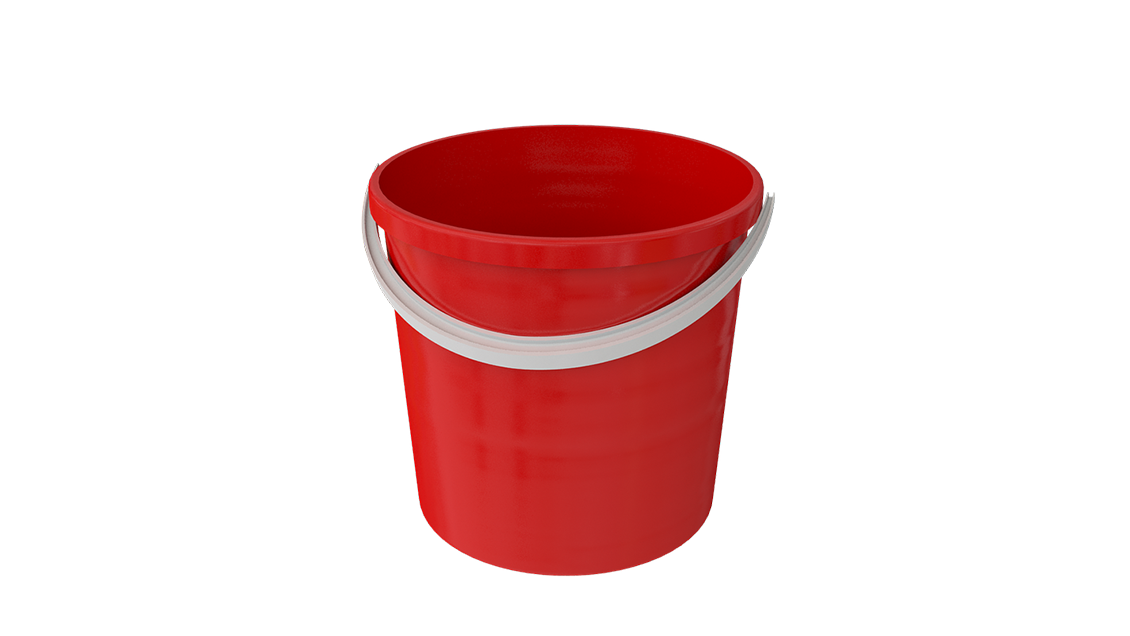 We need to bring these bad boys back![/caption]
We need to bring these bad boys back![/caption]
But if a nice shower is one of the luxuries you would rather not live without, there are ways to take one while still keeping your water waste down. Make sure you switch the shower off when you don’t need it (while soaping and scrubbing and shampooing), in fact you can find smart showers that help you save water. More importantly, switch to cleaning products that don’t excrete harmful chemicals into the water table as the water drains. You can find enough and more alternatives to all your products here!
Saving the “Washing” water
If you’ve never stepped foot in the kitchen, this may be a surprise to you, but almost everything you cook needs to be washed. From veggies to rice to meats and dals, if you’re cooking it, you’re washing it.
[caption id="attachment_10698" align="alignnone" width="1130"]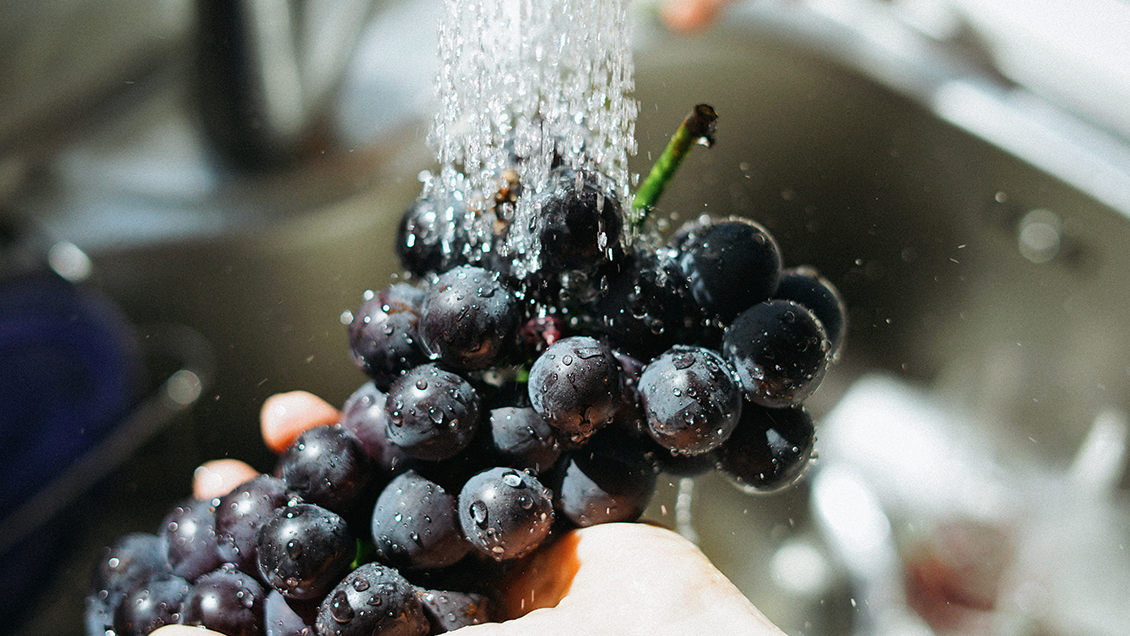 You know... like this![/caption]
You know... like this![/caption]
One of the simplest steps you can take for water conservation is to simply save up the water we use when we’re cleaning our ingredients. Just place a big wok or tumbler on the drain as you wash, and collect the water as you wash. Sure, you may not want to bathe in it, but you can use it for a number of different things – from watering plants to flushing toilets to cleaning your floors, depending on how clean the water is.
Give Laundry a break
[caption id="attachment_10699" align="alignnone" width="1130"]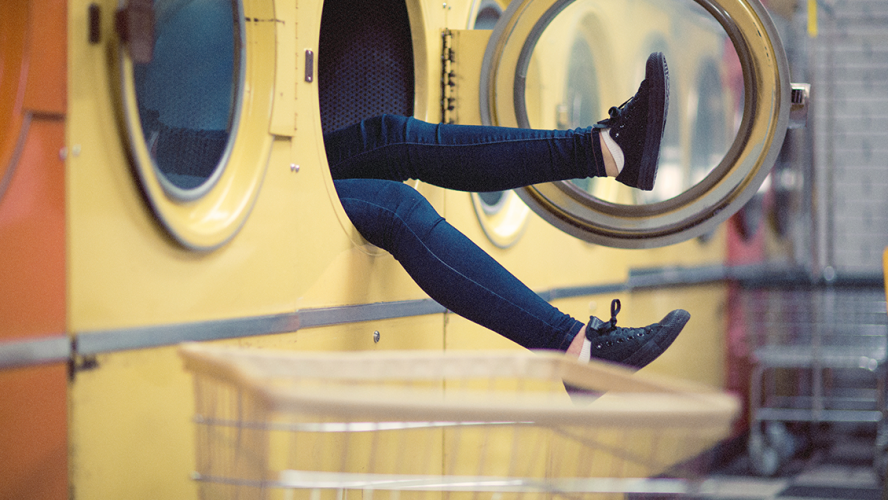 You heard it here first![/caption]
You heard it here first![/caption]
Laundry is one of the activities that end up using a majority of water in our routines. And as such, it can be one of the main ways in which you can start conserving. To begin with, we’re going to repeat the oft-repeated advice - avoid doing anything but full loads of laundry – two medium loads end up using more water than one big load, after all. You can take it a step further by using eco-friendly laundry detergents that don’t release harmful chemicals into the water table.
And if you want to take it even further, your next step would be to start saving up your laundry water and use it for other tasks around the house. You certainly can’t use the detergent heavy water on house plants, but you can clean floors, bathrooms, and even redirect it to be used in your flush. While some of these ideas may need a plumber to see it through, simply reusing water often takes a simple change in attitude and willingness.
Water Recycling
For those who don’t live in their own houses and in many parts of the urban world, this may not be an easy step to take or in some cases, may not be possible. But if you have the time, money, and ability to install some simple water recycling systems in your kitchen and bathroom, it would be one of the best steps you could take towards water conservation.
With the right kind of plumbing and equipment, you can rig your sink so that the “grey water” that flows into the drain when you wash your hands and take baths can be redirected to go to your flush tank, for instance. Rainwater harvesting is all the rage in certain parts of India, and while it can’t always be done in certain kinds of houses, there are a lot of adaptable ways in which you can practice it.
Lawns and Plants
Us eco-geeks love, love, LOVE plants. Sadly though, plants need water – they’re just like you. But unlike you, plants can make do with tap water, tap water that’s been used for washing food, and more.
Your plants can even take the excess water you usually drain out from cooking rice, pastas, and dals. As long as the stock water has been cooled and does not contain any soap particles, you can always reuse them for your lawn, your potted plants, your shrubbery, and for everything green around you.
[caption id="attachment_10700" align="alignnone" width="1130"]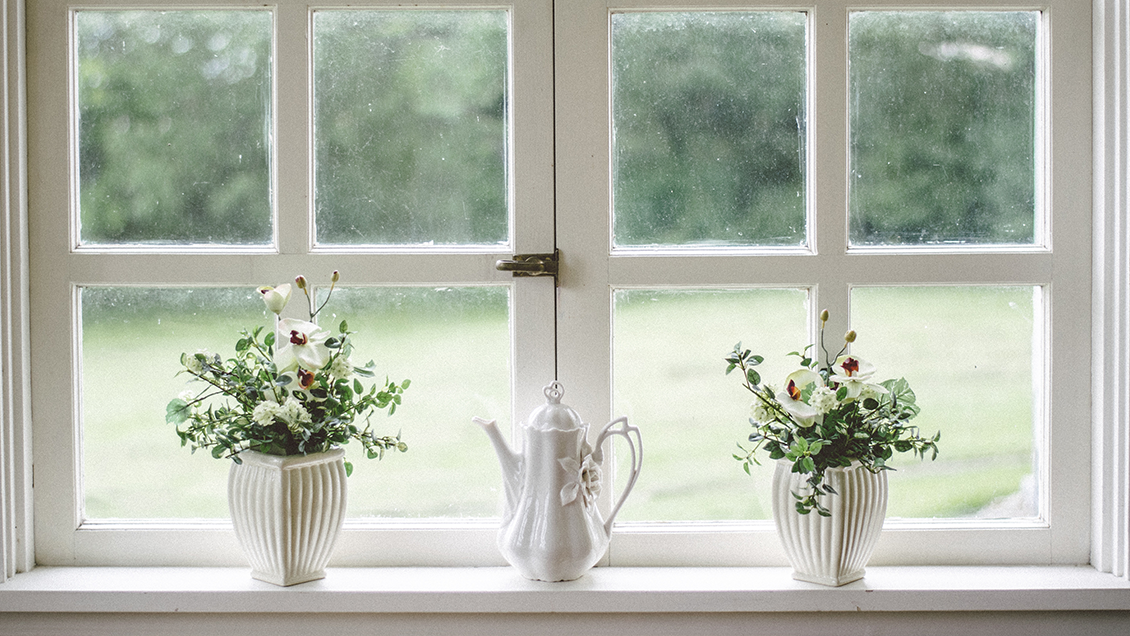 These guys aren't picky...[/caption]
These guys aren't picky...[/caption]
That being said, another way to conserve water is by not maintaining a huge green lawn that needs a lot of watering, and a lot of water-needy plants. Instead, switch to plants that can survive with little to no water. Succulents are very “in” right now, and can be a great way to have the advantages of a house plant while still conserving water.
No More Leaks
One of the invisible ways in which water gets wasted in India is through leaky taps and pipes. When enough attention is not paid to maintaining and replacing these basic plumbing items, a lot of water can go wasted. Not only is this bad for water conservation, it can lead to faulty wires, damp walls, and huge water bills – all of which can be a huge financial burden to carry around.
So keep an eye on your pipes and water bills – and start taking the steps to prevent an issue rather than control it once it starts showing its effects.
The fact is, most of us reading (and writing) this blog don’t have to face the issues of water shortage in any big substantial ways for most of our lives. Other than having to be careful not to use all the water in the tank in one go, we rarely have to face a lot of water problems. But all over the world, the lack of clean water is the beginning of a number of health and social concerns, and every drop saved literally makes a difference.
So no matter what your budget and how much time you can dedicate to conservation, there are always steps you can take to try and waste less water. With our suggestions ranging from the age old balti, to a plumbing system you can get installed, here’s your change to be involved – if only to the extent of putting a pot over the sink drain when you wash veggies.
